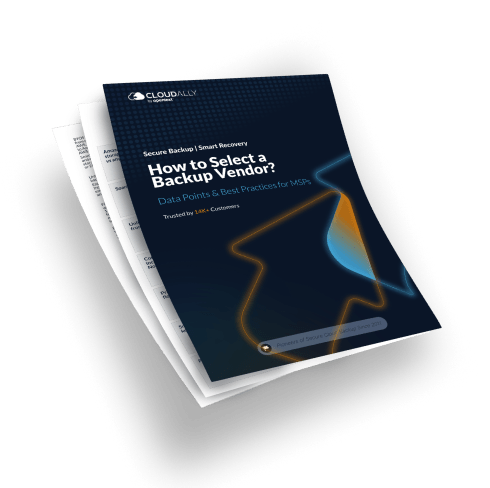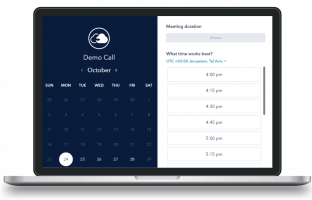In today’s digital economy, system reliability and uptime are paramount. Failover Architecture for High Availability is a fundamental component in designing resilient systems that sustain operations despite failures. This article delves into the essence of Failover Architecture, focusing on its implementation in environments like AWS, to ensure uninterrupted service delivery.
What is Failover Architecture?
Failover Architecture refers to the system design wherein operations automatically switch to a standby system, component, or network upon the failure of the primary system. This transition, ideally seamless, aims to minimize downtime and maintain business operations. Key components typically include redundant systems, failover mechanisms, and software that detects failures and initiates a switch to backup systems.
Advantages of Failover Architecture for High Availability
- Minimized Downtime: Ensures continuous operations by switching to backup systems without user intervention.
- Data Integrity: Reduces the risk of data loss during system failures.
- Scalability: Accommodates increasing loads without service degradation, particularly in cloud environments like AWS.
- Cost Efficiency: Reduces potential financial losses associated with downtime.
- Improved Customer Trust: Enhances user experience by providing reliable access to services and data.
Implementing Failover Architecture in AWS
- Define Recovery Objectives: Establish Recovery Time Objectives (RTO) and Recovery Point Objectives (RPO) to guide the architecture.
- Select Appropriate AWS Services: Utilize services like Amazon Route 53 for DNS failover, Elastic Load Balancing for distributing incoming traffic, and Amazon RDS for database replication.
- Automate Recovery Procedures: Implement automation using AWS Lambda and Amazon CloudWatch for real-time failure detection and response.
- Test Failover Mechanisms: Regularly conduct failover drills to ensure the system responds as expected during an actual failure.
- Monitor System Health: Continuously monitor system performance and adjust configurations as needed to maintain optimal operation.
Conclusion
Failover Architecture is a cornerstone of modern IT strategies, crucial for maintaining high availability and reliability. By leveraging cloud platforms like AWS, organizations can implement robust failover mechanisms that ensure service continuity and protect against unexpected disruptions. For those looking to secure their cloud data comprehensively, CloudAlly offers tailored backup solutions that enhance your resilience strategy with AWS cloud backups that offer failover architecture with additional redundancy on Glacie. Explore CloudAlly’s offerings for more details on safeguarding your digital assets.










